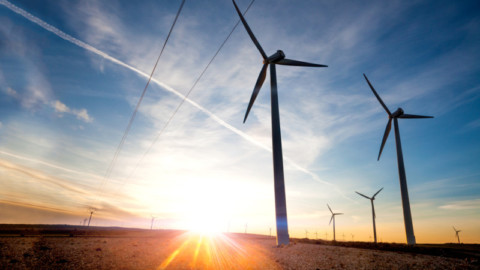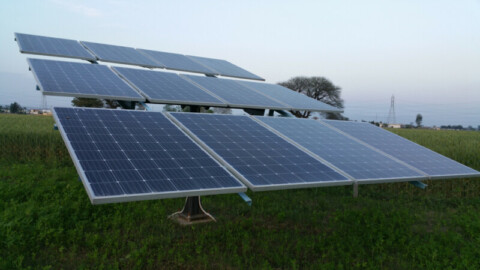Australian Renewable Energy Agency (ARENA) has released a feasibility for Australia’s first seawater pumped hydro project in Cultana in South Australia’s Spencer Gulf that could generate 225 megawatt (MW) of electricity.
EnergyAustralia, together with consortium partners Arup Group and Melbourne Energy Institute, said the energy storage project can now proceed to the next stage, including engineering design, planning approvals and more detailed financial modelling.
The study found the plant would be capable of generating 225MW of electricity and 1770MWh of power with eight hours of storage – the equivalent of more than 126,000 home batteries, but at a third of the cost.
The knowledge sharing report concluded that the technical challenges of using seawater in pumped hydro energy storage (PHES) projects can be overcome, subject to further engineering design.
EnergyAustralia Managing Director, Catherine Tanna, said pumped hydro was really a way of storing energy so it can be used when it’s needed, typically when renewables are not available. She said pumped hydro was an ideal technology for balancing renewables with firm energy supply – a key recommendation of the Finkel report on the Future Security of the National Electricity Market.
“Pumped hydro has great potential to solve one of the most pressing energy issues we face – integrating intermittent renewable supply into the grid in a way that delivers reliable, affordable power,” Ms Tanna said.
“We still have a lot of hard work ahead of us before we can commit to a project. But based on the studies we’ve done these past six months we’re optimistic seawater pumped hydro can play an important role in a new, modern Australian energy system.”
In early 2017, the consortium was awarded $453,000 by ARENA to partially fund the feasibility study.
Regional Leader Environment and Resources Arup Australasia, Mike Straughton, said large-scale storage will play a significant role in providing resilience to the National Electricity Market as generation capacity transitions towards greater intermittent technology.
“Arup is committed to remaining at the forefront of projects such as Cultana, which support the market in the transition to a lower carbon future, and is excited to be working with EnergyAustralia as the project progresses,” Mr Straughton said.
Professor Michael Brear, Director of the Melbourne Energy Institute at the University of Melbourne, said pumped hydro storage in South Australia is a great example of industry, government and academia coming together.
“We’re delighted to be involved in this collaboration to develop innovative technologies and help make possible the transition to a low-cost, low-carbon energy system,” Professor Brear said.
While pumped hydro isn’t new technology, the project proposed for Cultana would be the first in Australia to use seawater rather than freshwater, a key consideration for a dry state like South Australia.
As the consortium moves ahead with its assessment it will also begin another round of community consultation.
“The reality is major projects don’t proceed without the public’s support,” Ms Tanna said.
Initial cost estimates suggest the project would cost $477 million to build, and could be constructed and operational by 2023.
















